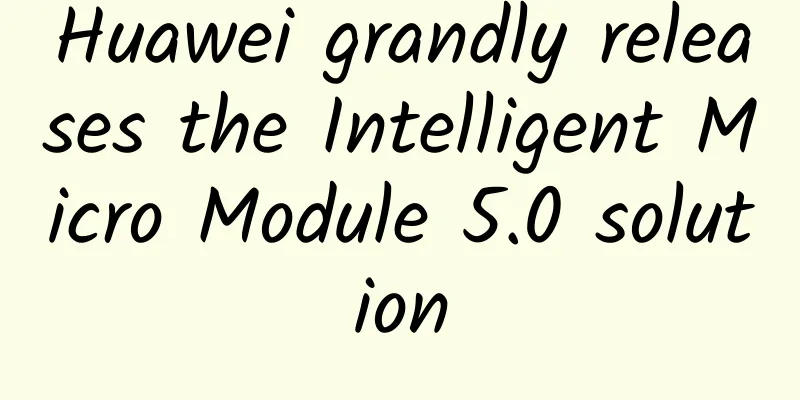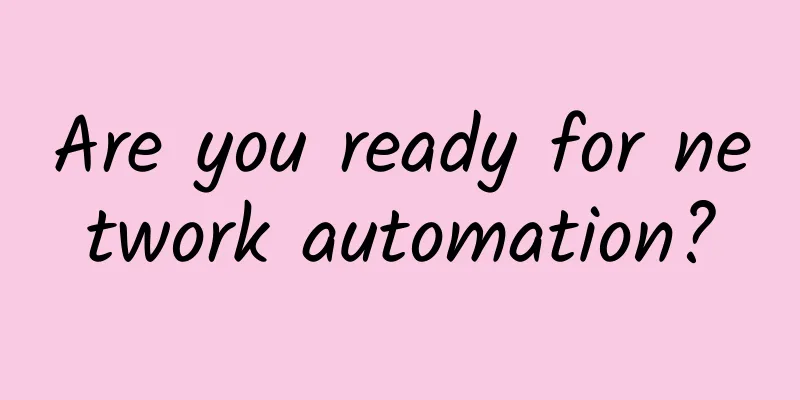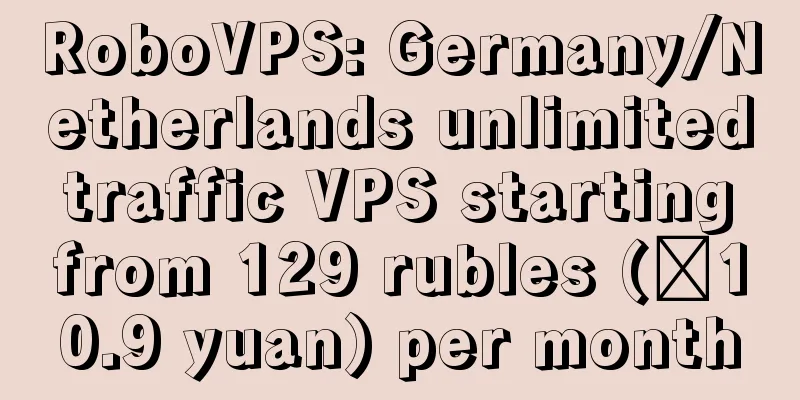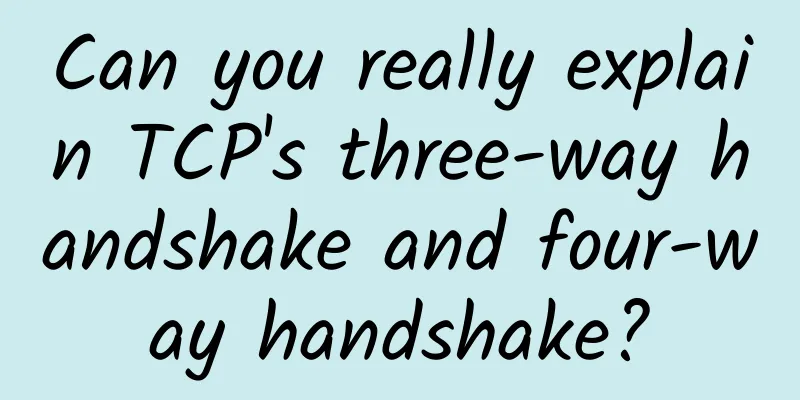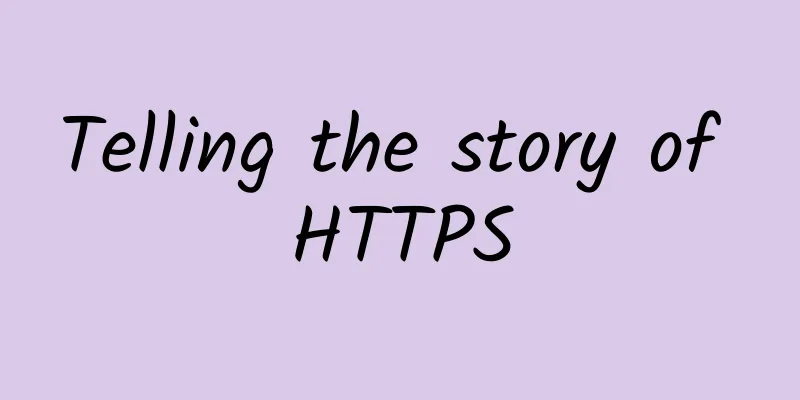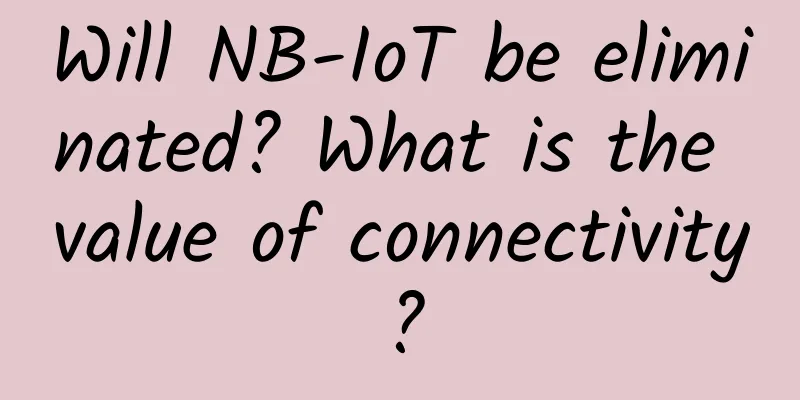3G, 4G, 5G, why do we need so many "Gs"?
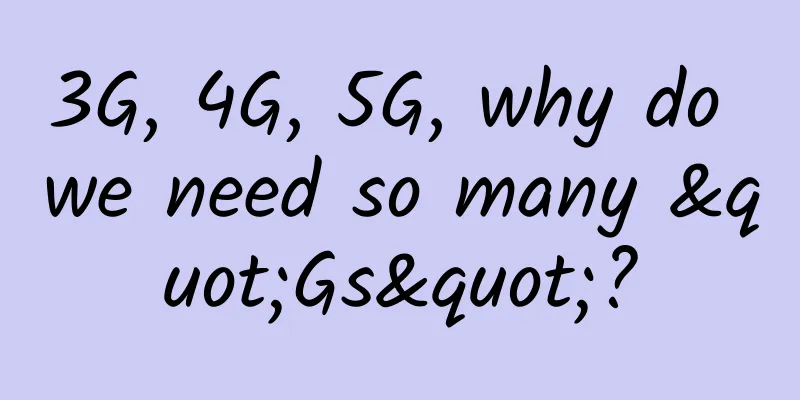
|
This can happen with our phones receiving signals using the same frequency band, so how do we connect many phones to one cell tower and vice versa, the simplest solution is to give each one a different frequency band, phones can be distinguished by their frequency bands, and cell towers can be separated to send and relay through the network, the key is that we only have a fixed number of frequencies. But since radio waves have so many different uses, such as air and sea navigation, television broadcasting, and even amateur radio bands, in the earliest days of cell phones, not all frequencies were freely available for cell phones to use. Some cities only had two megahertz of bandwidth for about 30 people to use at the same time, and much of the effort to improve the phone network over the years came from solving this problem. 4G or 5G refers to a new generation of technology used to send radio waves. Naturally, it all started with 1G. Users near a given cell tower would be given specific different bands of frequencies, which engineers call Frequency Domain Multiple Access or FDNA. But a key breakthrough involved how frequencies were used in physical space. The idea was to divide the area into a kind of cellular pattern, Each cell uses a different cell tower or base station to transmit, the trick is that nearby cells are assigned different frequencies to use, but cells farther away can use the same frequencies without overlapping. This reduces the likelihood of interference, as people using the same frequency band may be communicating with completely different cell towers, in short, it means we can reuse certain frequencies and get more people on the network because there is more bandwidth, we can reuse 2G over and over again, making things more efficient, and part of the reason for this success is time division multiple access or TD. Different phones can use the same frequency band, just like having two people in a room talking to you with similar voices, if they speak the same words at the same time, you can't understand what they are both saying, but oddly enough, imagine they take turns saying the individual words in their message, and you might be able to hear it clearly. But not just two people, although it would be confusing to one person, but the machine can easily keep track of the different messages in time. It happens so fast that you can't feel the interruption because many people can now use the same spectrum bands and we become more efficient. Using bandwidth without interference and more bandwidth brings more data since 2G allowed us to do more than just voice calls, allowing us to text and even send picture messages. Then came 3G, which took things a step further, and with 3G we began to rely heavily on what was called Code Division Multiple Access or CDMA. This time, let's say four people are in a room and two of them are talking at the same time, but one of them is talking in Chinese and the other one is on the other end of the room, a person who is fluent in Spanish and another person who is fluent in Chinese are both listening to the speaker, because Chinese and Spanish sound very different, and everyone ignores the language they don't understand. It focuses on what they are doing, which is their individual message. In the cell phone world, base stations can be programmed to listen to a lot of signals at the same time and decode them in different ways, playing the role of different translators at the same time, so CDMA allows signals from different phones to send signals on the same frequency at the same time, to be separated again at the other end, which allows us to make better use of the band and send more data with more 3G users. We gained the ability to send emails, browse the web, and even watch videos, and I know that in reality, the codes in CDMA are sometimes similar enough to each other that it can cause problems in the room. The language might be more like Spanish and Portuguese. They are different languages, but they share some syntax and vocabulary, which might sound confusing once engineers figure out some other tricks to deal with this, like varying the power of the signal used to communicate with different cell phone towers to help distinguish between the different signals. Along came 4G, which was, you guessed it, even more powerful. To get bandwidth from available frequencies to accommodate the rapidly growing number of cell phone users, all hungry for data, engineers implemented what's called Orthogonal Frequency Division Multiplexing, or OFDM. Even with everything we've mentioned so far, the bits of a signal sent over contiguous bands of frequency can actually interfere with themselves. That's because similar frequencies can get a little distorted as they travel through the air, becoming jumbled as they bounce around in the air. The larger the band, the better chance you have of getting around this problem. FDAN splits a single band into smaller sections called carriers. The frequencies in these sections are less likely to interfere with each other because they're orthogonal, just like the codes for CDMA and 4G. The upshot of all this is the ability to use wide bands of frequency to enable OFDM to send more data to phones. With all of this technology we can reuse nearly the entire spectrum of cellular communications in each cell service, giving everyone more bandwidth through the towers. But it also creates some problems at the edge of two cells. Using the same frequency, we end up with interfering signals again. This isn't a problem when you're close to one tower, but when you're between two different cell towers, the one your phone is communicating with might be using a similar frequency as its neighbor, and at the cell border, the strength of each of their signals might be about the same. Unfortunately, there's a chance that there will be signal interference, but neither will provide reception, we call this inter-cell interference or ICK. This is an unavoidable problem with modern cell networks at this point, there are some tricks that can help with this, signals from both towers, or even utilizing the signals from both towers at the same time, which is one of the features of 4G that also helps reduce dead zones, but even so, a new stumbling block is about to get in the way. One of the features of 5G and all of its promised data is a network of so-called ultra-dense networks, made up of many smaller cells that provide reception to many users. The problem is that with many tiny cells, we end up with more borders, increasing the number of dead zones, which doesn't mean your phone is receiving the data fully, and engineers are aware of this problem and have been trying to develop technology to expand bandwidth without causing a lot of interference. I hope that our information and communication technology will become more and more powerful and bring us a more convenient life experience. |
<<: The virtual world's "express delivery system" is upgraded again, what is IPv6+?
>>: If you were asked to design the SSL/TLS protocol
Recommend
Minsheng Technology advocates the concept of the BioFaaS era and releases four series of products
[[248983]] 【Born extraordinary, intelligent and f...
Maxthon Hosting: 56 yuan/month Hong Kong CN2-2GB/40G SSD/300GB/15M Bandwidth
Aoyo Zhuji is one of the foreign hosting services...
NVIDIA Launches New Spectrum-X Networking Platform to Provide High-Performance Network Solutions for Generative AI
With the popularity of generative AI, most compan...
HTTP 2.0 is a bit explosive!
[[420793]] Hey guys, hello everyone, this is prog...
Wi-Fi 7: Everything we know so far!
Over the past few decades, Wi-Fi has become the w...
5G development has entered a critical period, and the following major applications are worth paying attention to in 2021
Since its official commercial launch in 2019, aft...
RAKsmart: VPS starts from $0.99/month, dedicated server starts from $20/month, US/Hong Kong VPS/cloud server starts from $19.9/year
Yesterday we shared the news of RAKsmart recharge...
How difficult is it for a woman to work in communications?
It is well known that the number of women working...
DogYun: San Jose AS4837 line monthly payment starts at 12 yuan, Los Angeles CN2+AS9929 monthly payment starts at 20 yuan
I have shared information about DogYun (狗云) many ...
National Bureau of Statistics: The number of 5G terminal connections in my country has exceeded 200 million
At present, my country's 5G development is ac...
Cisco Releases Fourth Quarter and Full Year Results for Fiscal 2022
Fourth quarter results for fiscal year 2022: Sale...
The three major mobile operators have different approaches in the process of clearing out 2G and 3G networks
The deployment of the three major mobile operator...
SKB-enterprise: €2.39/month KVM-1GB/30GB/100M unlimited traffic/Netherlands (Amsterdam) data center
SKB-enterprise is a foreign hosting company found...
How can IT operation and maintenance service providers keep WannaCry out? Hengyuan Zhicheng said that security needs to be prevented
[51CTO.com original article] It has been a week s...
Germany to remove Huawei equipment from its 5G mobile network
Germany plans to completely remove Chinese-made c...

